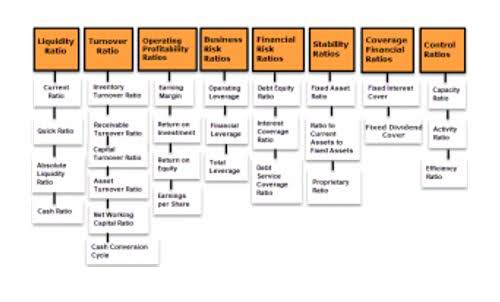
If we chose this second approach, we’d likely have to expect our average inventory size hedge inventory to be reasonably stable. Either approach— period by period or longer-term— would work, but neither is perfect. Economic neutrality is maintained because the valuation of the stock can be readily countered by the reverse valuation of the active future hedge; however, what occurs to cash flow? This should be the issue; currently, accounting, commercial, and hedging treatments are all at odds with one another and have very unexpected results.
- Alternatively, we could use longer-dated derivatives intending to hedge this risk over multiple periods.
- It may therefore buy corn futures to hedge against the price of corn rising.
- While hedge inventory helps mitigate risks, it cannot eliminate all uncertainties.
- For simplicity, we assume perfect hedge results, such that each of our hedges generates $40,000 gain as of March 31.
Hedging Inventory
Our numerical analysis reveals that the optimal policy by appropriately using sales information that quantifies substitution and demand stimulation can produce significantly higher profits. The profit benefits are lessened under certain circumstances, such as when the two products have similar critical fractile values, suggesting that in such instances the heuristics Accounting Periods and Methods may be used effectively. Another solution for a cash flow crunch and income statement timing distortion is to aim only to have permanent inventory fully hedged when prices are going down. Wishful thinking you may say, and some companies have blown themselves up doing this by reversing hedges indiscriminately and with too short a time horizon. This is the problem – at this moment commercial, accounting and hedging treatments all part company and give rise to very unpredictable consequences.
Hedge inventory example

Sometimes, commodity hedging is jumpstarted not by a strategy in place but by a price swing. A dip in the market or a price shock for a commodity of interest might trigger a hedge. Foreign currency hedging can include locking in a forward rate or options contract, which allows a company to protect its U.S. dollar equivalent cost or revenue when settling contracts in the future. With foreign exchange forwards, companies agree to a future exchange rate to offset the underlying exposure. Options also protect the company at a specific exchange rate in the future while allowing for participation in favorable foreign exchange movements for a small upfront fee. A combination of these strategies will enable companies to adjust budget rates for the coming year based on market dynamics.

Basing inventory management on market demand
Whether hedge inventory is necessary depends on the specific risks and market conditions faced by a company. For businesses dealing with volatile commodity prices, foreign exchange fluctuations, or other unpredictable factors, maintaining a hedge inventory can be an important risk management strategy. It provides a level of certainty by allowing companies to lock in prices for raw materials or finished goods, minimizing the impact of adverse market movements on profitability. However, for businesses in more stable markets or those less vulnerable to price volatility, the necessity of hedge inventory may be less pronounced, and other risk management approaches may be more appropriate. Ultimately, the decision to implement hedge inventory should be based on a careful assessment of the company’s exposure to market risks and its overall risk tolerance. This paper considers the problem of hedging inventory risk for a seasonal product whose demand is sensitive to weather conditions, such as the average seasonal temperature.
- Put it simply, you could see that hedges must be resolved and reopened at various market prices, and you can create different timings of cash flows as well as accounting treatment than tangible goods.
- At that point, a company will often write the inventory off as a loss or liquidate it.
- The phrase “hedging” refers to a value investing strategy that all investors should be aware of.
- Even though auditors now don’t generally allow cost-based valuation of permanent commodity inventory components, many companies still follow this principle of only hedging fluctuating, but not basic stocks.
- Hedge inventory is a risk management strategy to mitigate potential losses due to price fluctuations, but it does not guarantee profit.
- Under cash flow hedge accounting, effective hedge results are initially recorded in Other Comprehensive Income (OCI) and later reclassified to earnings, coincidently with the sales recognition.
2.3.4 Contracts with fixed and variable pricing
If the price climbs higher than the set rate, the company bookkeeping and payroll services receives a settlement. Hedging is fundamentally a protective strategy reflecting a company’s attitude toward risk. Companies can hedge to manage risk in critical business areas, such as commodities, foreign exchange, and interest rates.
